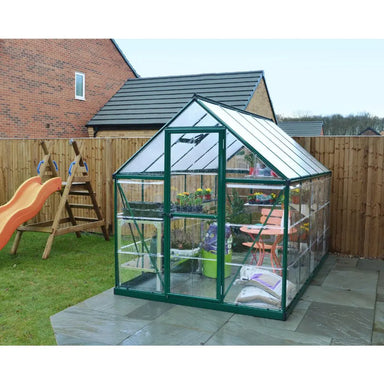
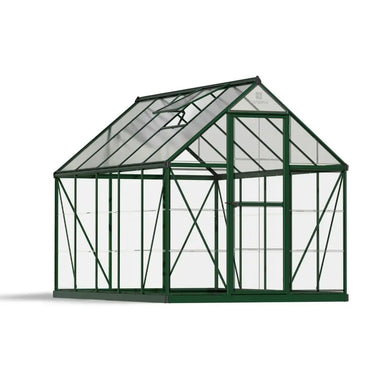
Palram - Canopia Hybrid 6' x 10' Greenhouse - Green | HG5510G
Hybrid 6' x 10' Greenhouse - Green by Palram-Canopia | HG5510G The Palram - Canopia Nature Hybrid Series 6' x 10' Greenhouse is an ingenious balan...
View full detailsA conventional greenhouse is a structure where plants are grown under controlled climatic conditions. Greenhouses can significantly contribute to the non-seasonal growth of various plants and can even allow growth of plants in a controlled and disease-free environment.
Conventional greenhouses are usually constructed with transparent glass or plastic walls and roofing to allow sunlight to penetrate. The walls and roof hold heat from the sun, leading to a warmer temperature inside the greenhouse than outside. This process, often referred to as the greenhouse effect, helps optimize plant growth.
Investing in a conventional greenhouse means creating an optimal environment for your plants, whether you're a hobbyist with a love for exotic plants or a professional grower looking to enhance your crop yield. With a conventional greenhouse, cultivating plants becomes a year-round possibility regardless of external weather conditions. Apart from this, they also protect your plants from pests, rodents, and harsh environmental conditions.
Often when we imagine a greenhouse, a conventional structure with a peaked roof, vents, and a door pops up in our minds. These standard greenhouses, also known as conventional greenhouses, are the oldest types of greenhouses and remain popular due to their effectiveness and reliability.
Conventional Greenhouses are typically built from glass or polycarbonate panels, allowing optimal sunlight for plant growth. The control over internal environment gives gardeners the flexibility to grow a variety of plants irrespective of the external weather conditions. Furthermore, they are excellent for starting seeds before the last frost, growing tropical plants, storage and more.
One of the most significant advantages of Conventional Greenhouses is that they maintain a consistent environment for plants all year round. This stability results in healthier, stronger crops and can significantly boost productivity levels. They are also extremely useful in protecting plants from pests, harsh weather, and disease, leading to organic growth.
Conventional Greenhouses offer the most space for plant growth, with enough headroom for hanging plants and storage. The layout and design also make it easier for gardeners to move around and work. The vast interior can easily accommodate benches, shelves, and other greenhouse accessories.
Despite their multiple benefits, Conventional Greenhouses do require manual ventilation, temperature, and humidity control. This necessitates greater involvement and vigilance on the part of the gardener. Yet, this challenge can be tackled with the assistance of modern technologies such as temperature control systems and automatic vent openers.
In conclusion, Conventional Greenhouses are a worthwhile investment for both amateur and professional gardeners. They offer flexibility, control, and stability that is unmatched by other greenhouse types. Besides their practical advantages, these greenhouses also add an aesthetic appeal to gardens that can significantly enhance the overall landscape design.

 Save 0%
Save 0%
Hybrid 6' x 10' Greenhouse - Green by Palram-Canopia | HG5510G The Palram - Canopia Nature Hybrid Series 6' x 10' Greenhouse is an ingenious balan...
View full details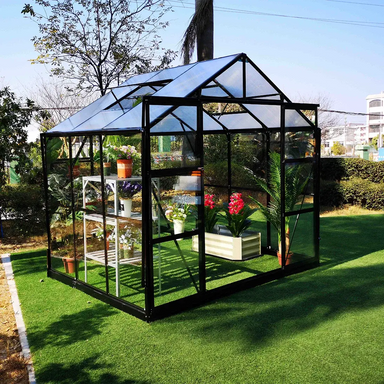
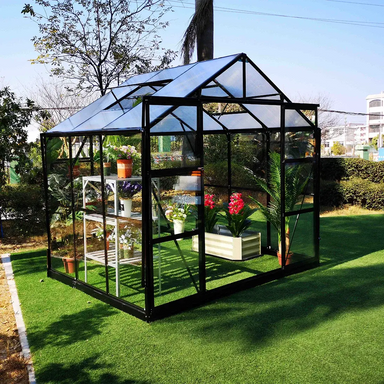 Save Liquid error (snippets/product-badge line 32): Computation results in '-Infinity'%
Save Liquid error (snippets/product-badge line 32): Computation results in '-Infinity'%
Name Garden Greenhouse Material Aluminum, Glass, PVC Size Customized Packing Wooden Frame A...
View full details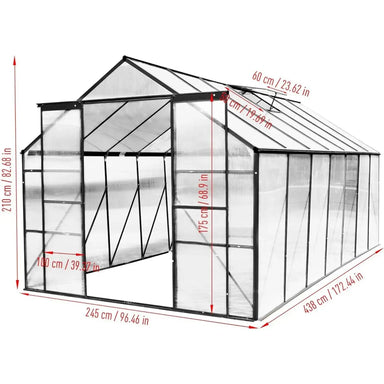
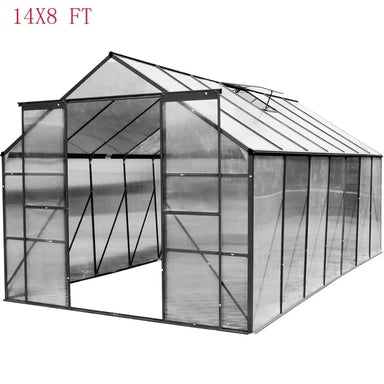 Save Liquid error (snippets/product-badge line 32): Computation results in '-Infinity'%
Save Liquid error (snippets/product-badge line 32): Computation results in '-Infinity'%
Experience Nature at its Best with our 14x8FT Walk-In Polycarbonate Greenhouse Descriptionï¼ Adjustable Roof Vents: This polycarbonate greenhou...
View full details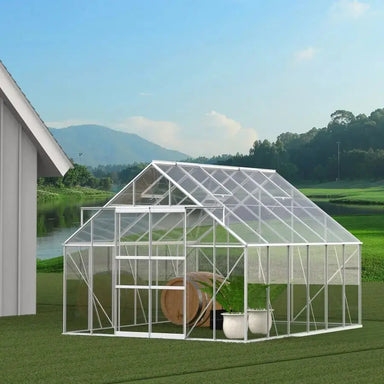
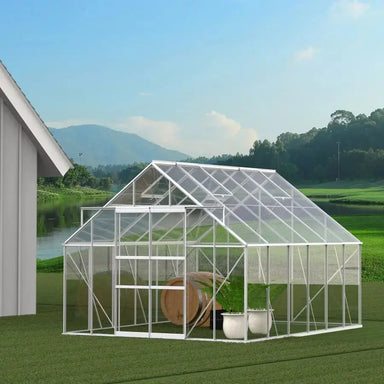 Save Liquid error (snippets/product-badge line 32): Computation results in '-Infinity'%
Save Liquid error (snippets/product-badge line 32): Computation results in '-Infinity'%
10' W x 12' D Walk-in Polycarbonate Greenhouse with Roof Vent,Sliding Doors,Aluminum Hobby Hot House Product Features 1mm Aluminum Alloy Frame 4...
View full details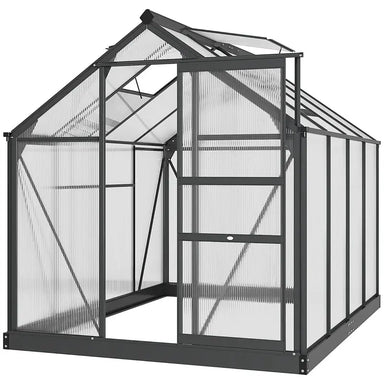
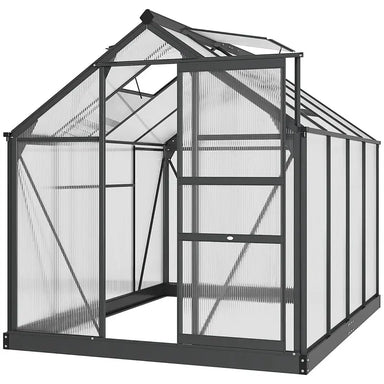 Save Liquid error (snippets/product-badge line 32): Computation results in '-Infinity'%
Save Liquid error (snippets/product-badge line 32): Computation results in '-Infinity'%
6.2'x8.3'x6.6' Gray Polycarbonate Greenhouse, Heavy Duty Outdoor Aluminum Walk-in Green House Kit Vent Door For backyard gardens Highlights Heavy D...
View full details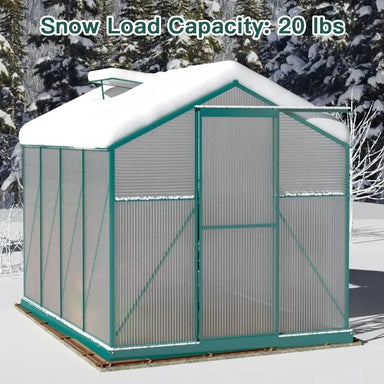
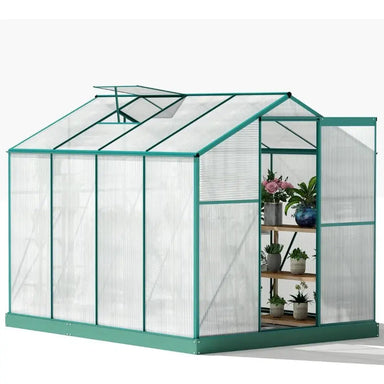 Save Liquid error (snippets/product-badge line 32): Computation results in '-Infinity'%
Save Liquid error (snippets/product-badge line 32): Computation results in '-Infinity'%
Greenhouse Polycarbonate 6x8ft for Plants Walk-in Green House with Aluminum Frame Heavy Duty for Outdoors Outside Backyard 【HEAVY DUTY ALUMINUM...
View full details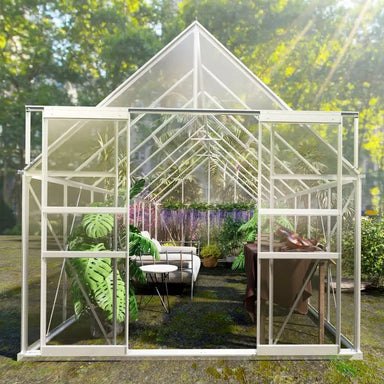
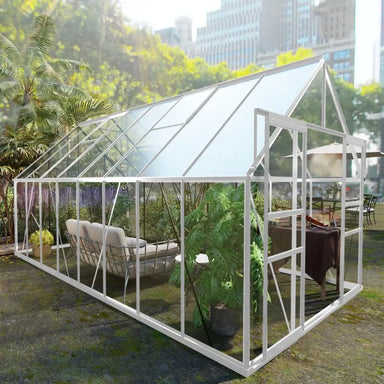 Save Liquid error (snippets/product-badge line 32): Computation results in '-Infinity'%
Save Liquid error (snippets/product-badge line 32): Computation results in '-Infinity'%
Enjoy Gardening All Year Round with Our 8' W x 16' D Walk-in Polycarbonate Greenhouse CheryIndustrial's modern polycarbonate walk-in garden greenho...
View full details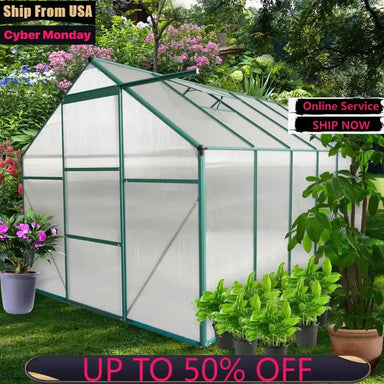
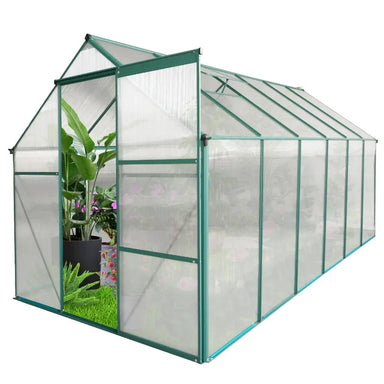 Save Liquid error (snippets/product-badge line 32): Computation results in '-Infinity'%
Save Liquid error (snippets/product-badge line 32): Computation results in '-Infinity'%
High-Quality Polycarbonate Greenhouse 1.Walk-in Spacious Greenhouse: The ideal growing environment is large enough for you to plant numbers of plan...
View full details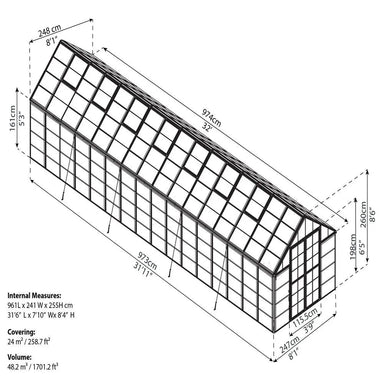
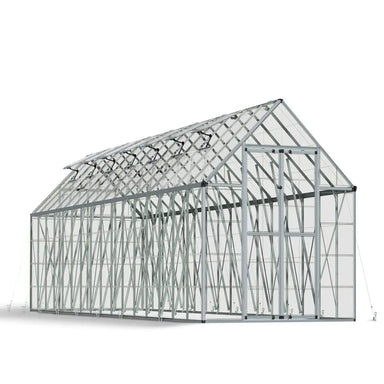 Save 20%
Save 20%
Snap & Grow 8' x 32' Greenhouse - Silver by Palram-Canopia | HG8032 The Snap & Grow 8' x 32' Silver Frame Hobby Greenhouse features the Sma...
View full details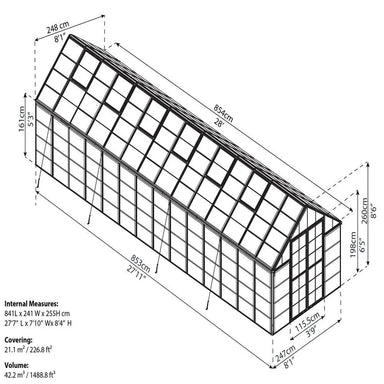
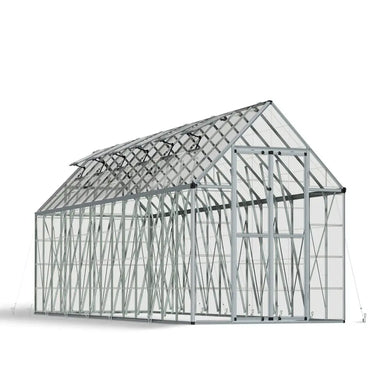 Save 19%
Save 19%
Snap & Grow 8' x 28' Greenhouse - Silver by Palram-Canopia | HG8028 The Snap & Grow 8' x 28' Silver Frame Hobby Greenhouse features the Sma...
View full details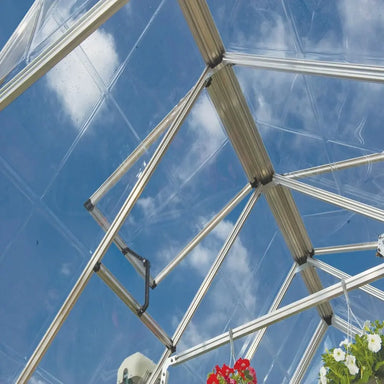
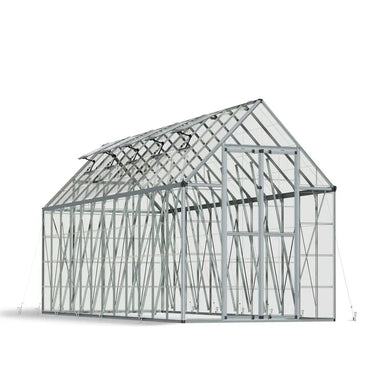 Save 18%
Save 18%
Snap & Grow 8' x 24' Greenhouse - Silver by Palram-Canopia | HG8024 The Snap & Grow 8' x 24' Silver Frame Hobby Greenhouse features the Sma...
View full details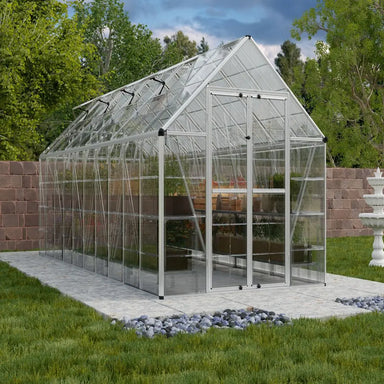
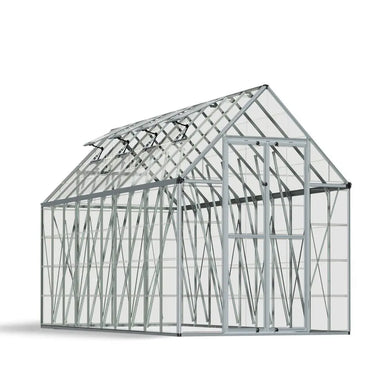 Save 16%
Save 16%
Snap & Grow 8' x 20' Greenhouse - Silver by Palram-Canopia | HG8020 The Snap & Grow 8' x 20' Silver Frame Hobby Greenhouse features the Sma...
View full details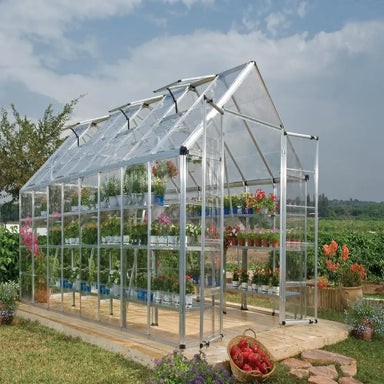
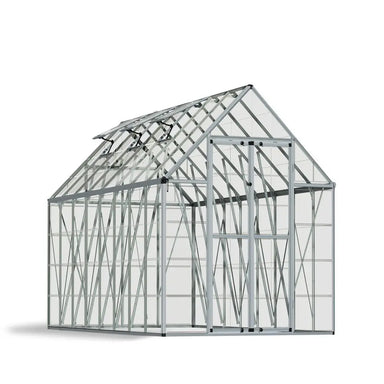 Save 20%
Save 20%
Snap & Grow 8' x 16' Greenhouse - Silver by Palram-Canopia | HG8016 The Snap & Grow 8' x 16' Silver Frame Hobby Greenhouse features the Sma...
View full details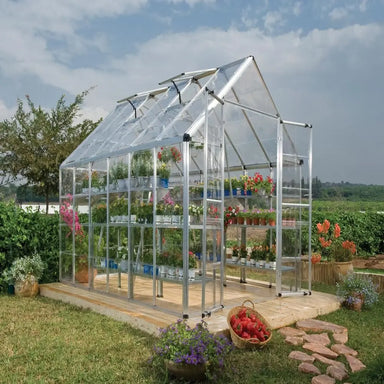
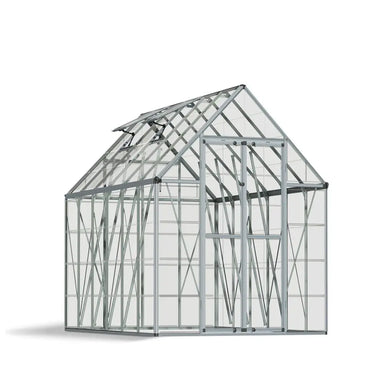 Save 18%
Save 18%
Snap & Grow 8' x 12' Greenhouse - Silver by Palram-Canopia | HG8012 The Snap & Grow 8' x 12' Silver Frame Hobby Greenhouse features the Sma...
View full details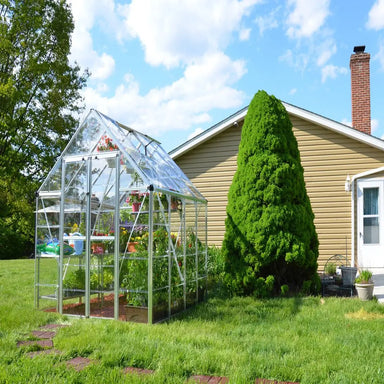
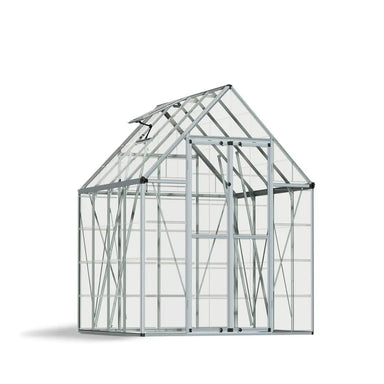 Save 19%
Save 19%
Snap & Grow 8' x 8' Greenhouse - Silver by Palram-Canopia | HG8008 The Snap & Grow 8' x 8' Silver Frame Hobby Greenhouse features the Smart...
View full details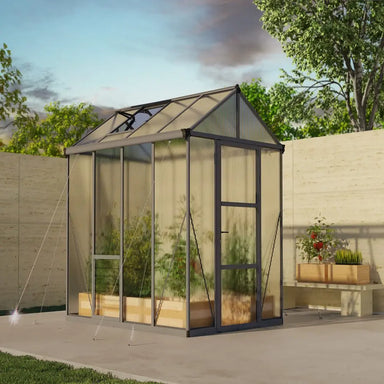
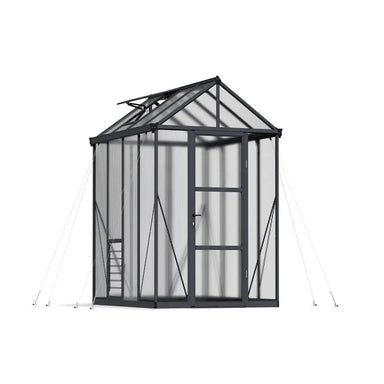 Save 17%
Save 17%
Glory 6' x 8' Greenhouse by Palram-Canopia | HG6608 Palram - Canopia’s Glory Greenhouse Series are designed for professional gardening enthusiasts....
View full details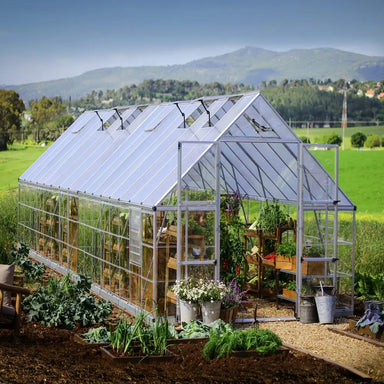
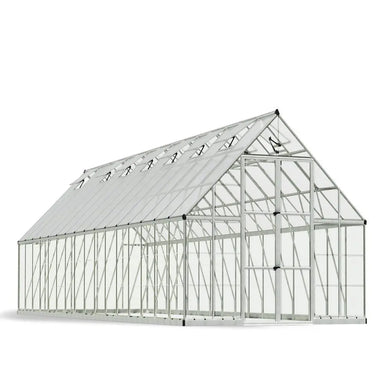 Save 13%
Save 13%
Balance 10' x 32' Greenhouse - Silver by Palram-Canopia | HG6232 When we tell you that the Canopia Balance Greenhouse Kits provide your plants with...
View full details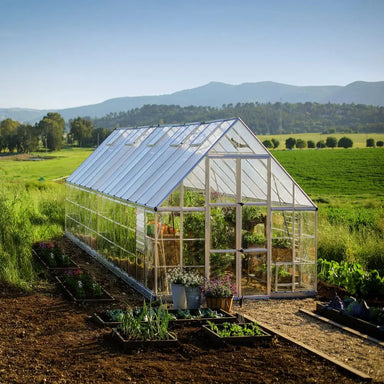
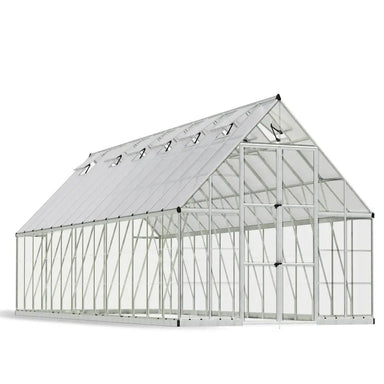 Save 20%
Save 20%
Balance 10' x 28' Greenhouse - Silver by Palram-Canopia | HG6228 When we tell you that the Canopia Balance Greenhouse Kits provide your plants with...
View full details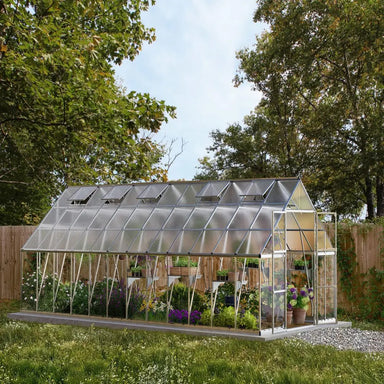
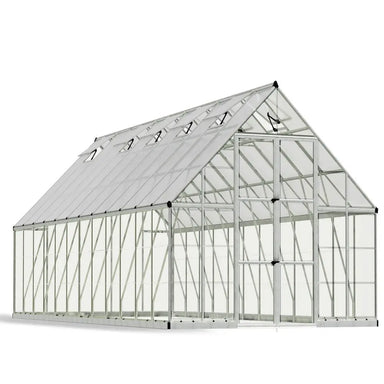 Save 20%
Save 20%
Balance 10' x 24' Greenhouse - Silver by Palram-Canopia | HG6224 When we tell you that the Canopia Balance Greenhouse Kits provide your plants with...
View full details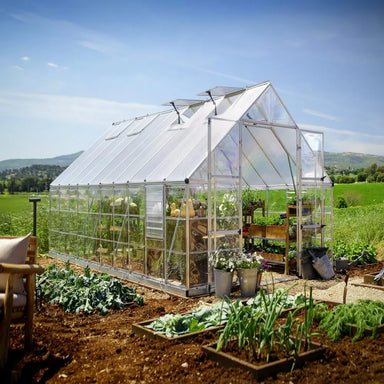
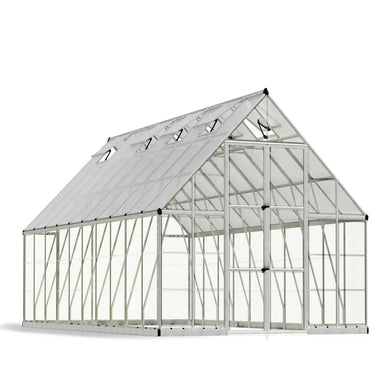 Save 10%
Save 10%
Balance 10' x 20' Greenhouse - Silver by Palram-Canopia | HG6220 When we tell you that the Canopia Balance Greenhouse Kits provide your plants with...
View full details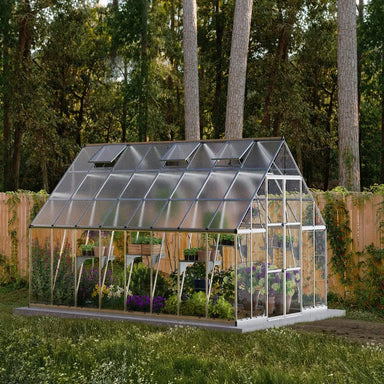
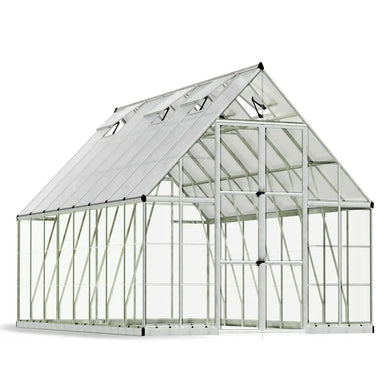 Save 18%
Save 18%
Balance 10' x 16' Greenhouse - Silver by Palram-Canopia | HG6216 When we tell you that the Canopia Balance Greenhouse Kits provide your plants with...
View full details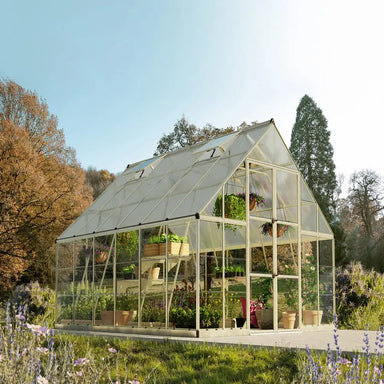
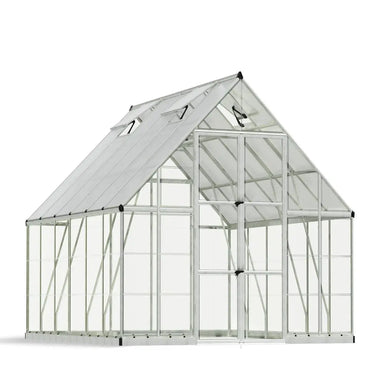 Save 14%
Save 14%
Balance 10' x 12' Greenhouse - Silver by Palram-Canopia | HG6212 When we tell you that the Canopia Balance Greenhouse Kits provide your plants with...
View full details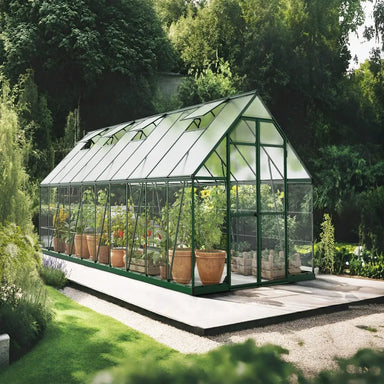
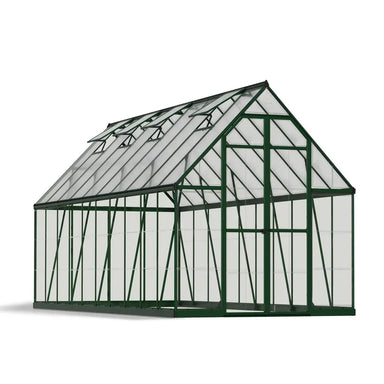 Save 18%
Save 18%
Balance 8' x 20' Greenhouse - Green by Palram-Canopia | HG6120G The Palram - Canopia Balance series greenhouse brings hobby gardeners the best of b...
View full details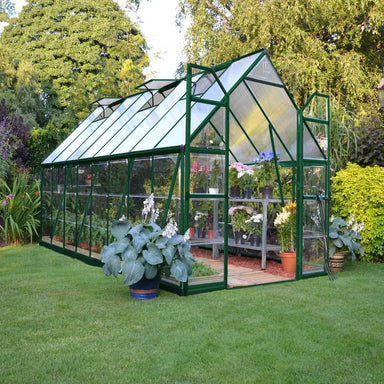
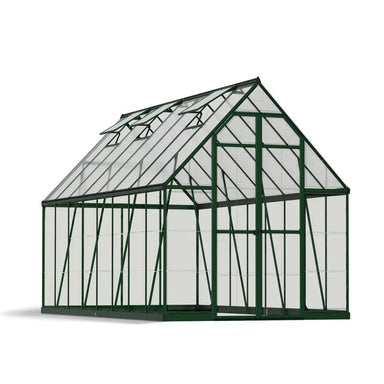 Save 17%
Save 17%
Balance 8' x 16' Greenhouse - Green by Palram-Canopia | HG6116G The Palram - Canopia Balance series greenhouse brings hobby gardeners the best of b...
View full details
